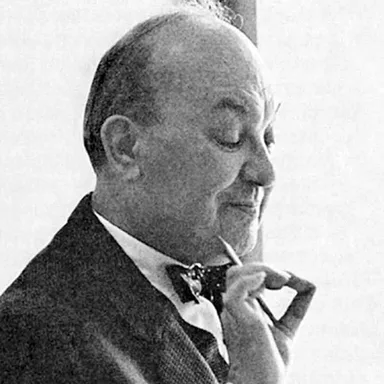

Information
Early typographic work designed by Jan Tschichold
Details
Jan Tschichold was a German typographer, writer, and book designer born in Leipzig in 1902. He believed that design should emulate the dynamism and movement of modern life and held to the idea that design was a force for social change as well as a medium of aesthetic innovation.
Tschichold was influenced by developments in avant-garde circles, in particular the constructivist style from Soviet Russia and the Netherlands. One of his mayor clients was Penguin Books, of whom he redesigned 500 paperback titles.
Linked Information

Jan Tschichold was a German typographer, writer, and book designer born in Leipzig in 1902. He believed that design should emulate the dynamism and movement of modern life and held to the idea that design was a force for social change as well as a medium of aesthetic innovation.
Tschichold was influenced by developments in avant-garde circles, in particular the constructivist style from Soviet Russia and the Netherlands. One of his mayor clients was Penguin Books, of whom he redesigned 500 paperback titles.